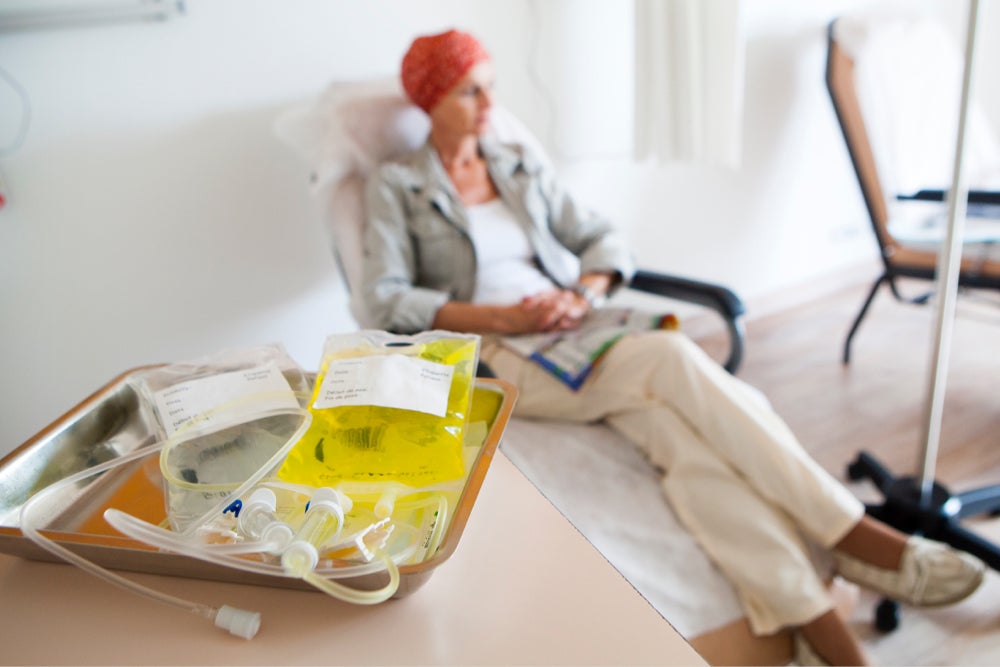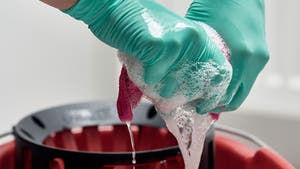On Dec. 1, 2019, USP <800> Hazardous Drugs — Handling in Healthcare Settings will finally become official. The revision has been in the works for several years, and while many facilities have already taken note, the guidelines and recommendations will become enforceable on this date.

The main objective of USP <800> is to ensure that healthcare personnel who handle hazardous drugs (HDs) in a range of healthcare settings do so in a way that promotes patient and worker safety, and protects the environment. Essentially, if at any point in your work you handle any of the 200-plus HDs on the NIOSH List of Antineoplastic and Other Hazardous Drugs in Healthcare Settings, 2016, be it at any point from shipping and receiving to administration to patients, some or all of the recommendations in USP <800> will apply to you and the facility you work in.
Who Does USP <800> Apply To?
Much of USP <800> applies to healthcare workers in compounding pharmacies, but sections also apply to those in acute, long-term care, skilled nursing, veterinary facilities or outpatient infusion centers who might prepare or administer any type of HD, including oncology and hormonal drugs. Outside of healthcare facilities, the new guidelines also may apply to home care nurses who may administer pre-prepared doses of HDs.
The best way to understand which guidelines may be applicable to you or your workplace is to read through the recommendations in the chapter and determine which may apply. The table below lists the sections of USP <800>.
USP <800> Hazardous Drugs — Handling in Healthcare Settings
| 1. Introduction and Scope | 10. Receiving |
| 2. List of Hazardous Drugs | 11. Labeling, Packaging, Transport, Disposal |
| 3. Types of Exposure | 12. Dispensing Final Dosage Forms |
| 4. Responsibilities of Personnel Handing HD | 13. Compounding |
| 5. Facilities and Engineering Controls | 14. Administering |
| 6. Environmental Quality and Control | 15. Deactivation, Decontamination, Cleaning and Disinfecting |
| 7. Personal Protective Equipment | 16. Spill Control |
| 8. Hazard Communication Program | 17. Documentation and Standard Operating Procedures |
| 9. Personnel Training | 18. Medical Surveillance |
Most of the sections apply universally to everyone who handles HDs, regardless of setting, and they should be essential reading for those employees and their employers. The universal sections include:
- The introduction, descriptions of the NIOSH list of HDs, the types of exposure possible along the chain of HD handling and the responsibilities of personnel
- Guidance on documentation and standard operating procedures that outline the minimum requirements for each facility or employee handling HDs
- Recommendations on personal protective equipment to use when handling HDs
- How to communicate the hazards of HDs to workers to ensure their safety in any setting
- How to effectively clean up after handling drugs, such as when compounding or after a spill, which is a process that requires deactivation, decontamination, cleaning and disinfecting
- The importance of medical surveillance as part of a comprehensive exposure control program
- Personnel training, which is essential for worker safety and is the employer’s responsibility
How Are Facilities Impacted?
Some sections of USP <800> are more focused on compounding pharmacies, but they also could apply to acute care, long-term care or skilled nursing facilities, or veterinary settings. Additionally, USP <800> has also caught the attention of healthcare architects and designers who build and renovate facilities where HDs are handled. New guidelines affecting healthcare architects and designers include:
- Facility and engineering controls that outline minimum requirements for HD storage and the design and placement of containment devices used when compounding drugs. (Think chemotherapy hoods, the rooms in which they are located and ventilation)
- Requirements for an environmental-quality program involving regular sampling of surfaces where HDs are handled. (This helps determine whether cleaning protocols are adequate)
- Guidance on the correct ways to receive, label, package, transport and dispose of HDs, and how to manage accidental exposures or spills
Additional USP <800> Requirements
Finally, short sections cover compounding, dispensing and administration, with a particularly important requirement being the use of closed-system drug-transfer devices (CSTDs), which mechanically prevent HD contamination and the release of HD vapors or drugs into the environment. This requirement is especially important to anyone administering HDs.
It’s important to note that only by thoroughly reading USP <800> and considering how and where you handle hazardous drugs will you be able to understand which sections are relevant to you. You can then take actions to implement the recommendations.
Copies of USP <800> are available from the USP website, where you also can find helpful USP <800> FAQs. If after reading the chapter you’re still unsure about which sections relate to you, many professional pharmacy, veterinary, healthcare and professional nursing, and healthcare worker associations have written articles relevant to their members, and are a good source of information.


